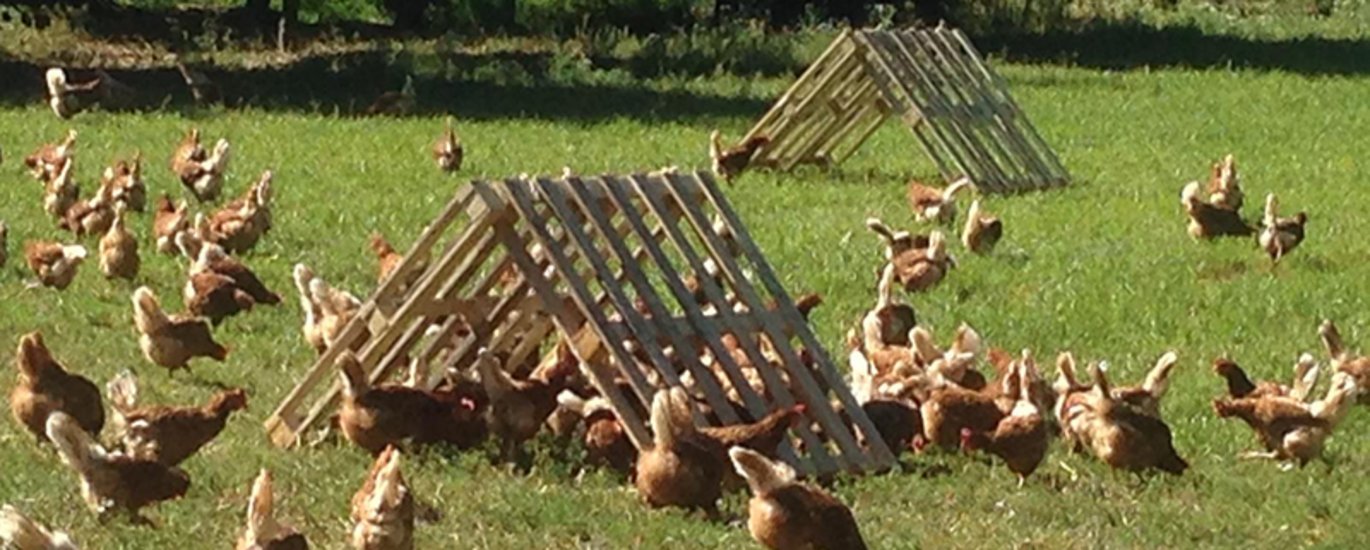Free range soil: more management, less nutrient levels, better environment
Management of an outdoor range is one of the main issues in organic egg production; in fact, hens tend to stay close to the barn with consequently accumulation of droppings. Therefore, this area is often highly loaded with nutrients. Results from the FreeBirds project can show how management strategies can help to prevent accumulation of nutrients in the soil.

One of the objective of FreeBirds is to generate more insight in the relation between hens’ free range use and the consequences for the nutrient levels in the soil in order to provide knowledge that can help to reduce the environmental pollution and the waste of nutrients in the soil of ranging areas around barns.
In Italy, three types of range enrichment aimed to facilitate the hens’ outdoor access are compared: orchard, bushes and artificial shelters. In each range area samples of the soil are taken at different depths and distances from the barn for analyses of nutrient levels. The soil samples are analysed to determine the content of nitrates and available phosphorus.
In all three farms, high values has been found for both nitrate nitrogen and phosphorus, particularly in the area close to the poultry house and for the most shallow layer. This in fact represents the most critical point, representing a strong accumulation especially for phosphorus and a risk in terms of runoff and leaching of two elements that can contribute to surface water (particularly phosphorus) or groundwater (particularly nitrogen) contamination.
In one farm the total organic carbon was significantly lower close to the barn where the hens range more. This could mean less carbon fixed in the soil which can turn into CO2 contributing to the greenhouse effect.
These results lead to the recommendation to ‘rotate’ the free-range hens on various outdoor runs, to reduce the accumulation and risk of nutrient losses. Moreover, it could be useful to use, in the rotation, crops with high needs of phosphorus.
Authors info
Università degli Studi di Milano, Dept Environmental Science and Policy – Valentina Ferrante valentina.ferrante@unimi.it & Lorenzo Ferrari lorenzo.ferrari@unimi.it
FCSR Fondazione CRPA Studi e Ricerche – Paolo Mantovi p.mantovi@crpa.it & Paolo Ferrari p.ferrari@crpa.it
Editor: Karin Ullven / Design: Christine Dilling
